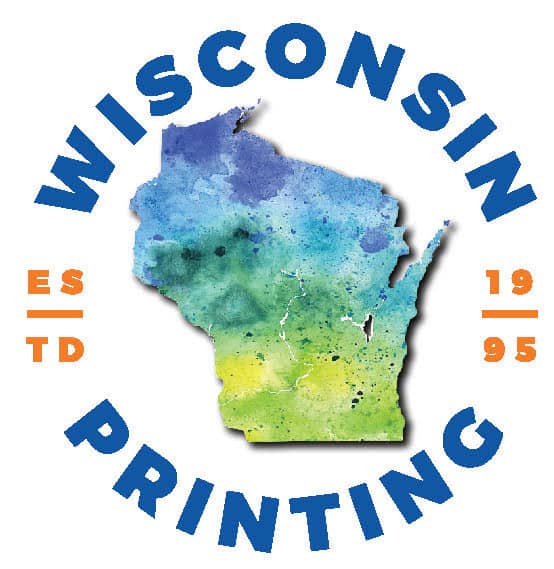Frequently Asked Questions
Check here first if you're wondering about something. Contact us if you don't see the answer below.What types of files can I send?
We recommend saving as a .PDF. Export from any native application, For best results, use the PDF/x-1a2001 setting in Acrobat Distiller
We prefer that you send .PDF with embedded or outlined fonts. .PDF’s are easier to handle and will likely speed up your turn-around. Remember to flatten your files before uploading.
Low resolution files may be printed as is or will be placed on hold until we receive new files, slowing your turn-around. So double-check to make sure you’re sending us high quality images.
How should I set up my bleed?
When the image is required to extend all the way to the edge, bleed is needed to preserve the finished look and the quality of the final product. Bleed must extend past the cut-line and will be trimmed from the product during the final cutting phase.
Please keep all text at least 0.125″ inside the cut-line.
- The bleed for Standard Products is 0.125″.
- The bleed for Booklets and Presentation Folders is 0.25″.
We recommend using our templates at all times.
What is rich black and how can I get it?
Rich black is an ink mixture of solid black, 100% K, with additional CMY ink values. This results in a darker tone than black ink alone. If you print black alone as 100% K, the resulting black may not be as dark as you might like.
We recommend using
C 60 M 40 Y 40 K 100
This will give you a deep, dark, rich black.
Can Digital Letterheads be imprinted on?
Digital Letterheads can be imprinted on using some inkjet printers, however we strongly suggest that you test your specific application and printer. When excessive pressure is applied with a rigid object, imprinted areas may scratch or flake off. For best results, low ink coverage is recommended. Digital Letterheads are not recommended for laser imprinting applications.
What resolution should my file be?
We need files to be at least 300 dpi. Sending anything less can look less than ideal or slow down the process if we need to reach back out to you for new files.
How can I make sure my blues do not come out purple?
When using a blue in your design, always make sure to leave at least a 30% difference in your Cyan and Magenta values.
100% C 100% M 0% Y 0% K
Blue is close to purple in the CMYK spectrum. Remember, use a low amount of magenta whenever using high amounts of cyan to avoid purple.
EXAMPLE: C-100 M-70 Y-0 K-0
How can Pantone colors affect the way my job prints?
If you send in a job with Pantone colors, the CMYK conversion will change the Pantone color. Before sending your order, make sure all Pantone colors have been converted to CMYK.
Can you reproduce my existing colors exactly?
Unfortunately this isn’t always possible. Colors printed in CMYK cannot be predicted accurately by what you see on your monitor or by specifying a PMS color. Not all PANTONE colors can be matched exactly with CMYK digital printing. If you are requesting a specific PANTONE match, please include the PANTONE number in your Print-Ready file. Use “C” for coated stocks and “U” for uncoated stocks. The printing of a coated pantone swatch color on an uncoated stock may not produce the results expected. Providing a sample for color match will help us achieve the closest match possible.
